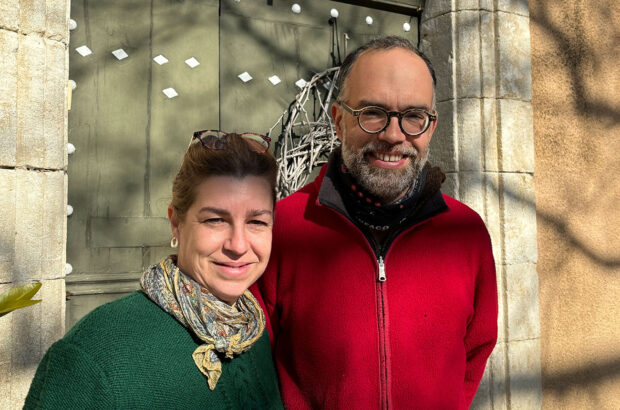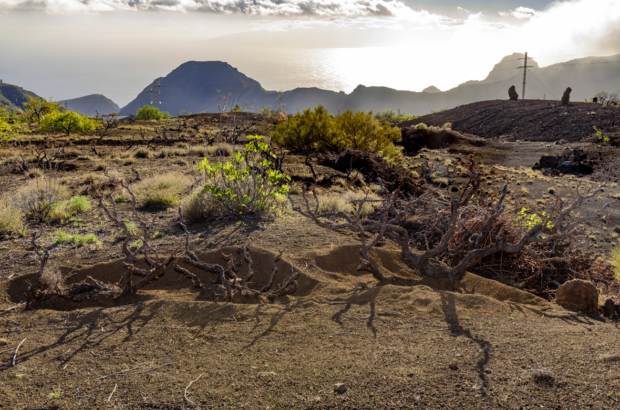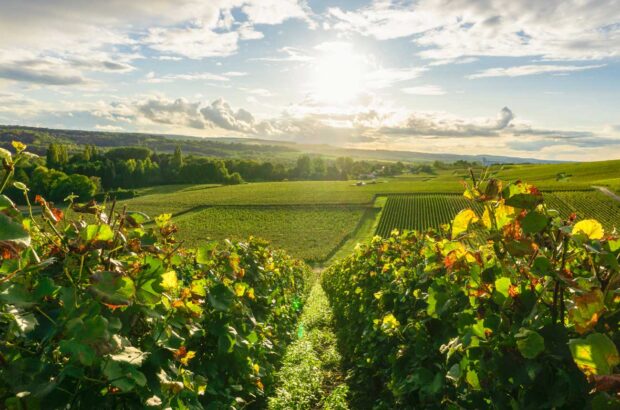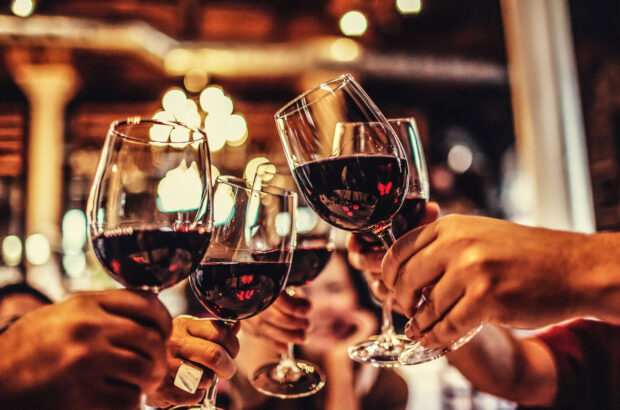Andrew Jefford tastes 19 vintages from the Morey-St Denis Grand Cru vineyard of Clos de Tart...
The primary pleasure of wine waits for you in its aroma, its flavour and its effect: a source of daily happiness for millions. Then come a number of secondary pleasures. Searching for the ways in which skies and soils might be inscribed in flavour is one. Another lies in historical reverie. There isn’t much in the texture of your life or mine which we might share with the twelfth-century popes in Avignon or the fourteenth-century Dukes of Burgundy. A glass of one or two particular Grand Cru burgundies of medieval monastic origin, though, is one.
Scroll down to see Andrew Jefford’s tasting notes and ratings for Clos de Tart wines
These thoughts always come jostling when I walk up the stone steps and through the great oak door of Clos de Tart in Morey-St Denis. There’s a private little courtyard of utter tranquillity, shielded from the world. The wines sleep below, in an astonishing two-storey cellar constructed, with what must have been vast expense of labour, in 1850. The vines constitute a very large 7.53-ha garden which stretches away up the hill behind the buildings, just as they must have done … in 1141, when this Clos came into being.
They’d have been planted en foule back then – higgledy-piggledy; but, astonishingly, the vineyard boundaries have never changed since. It’s no less astonishing that there have only been three owners of this piece of land since that time: the Bernardine nuns of the Abbaye de Tart until the French Revolution; the Marey-Monge family until 1932 (the last survivor became a nun); and the Mommessin family ever since. There can be few morsels of land in Europe of which this could be said. Most will have changed hands hundreds of times.

La Vierge du Tart. Credit: Andrew Jefford
There’s a little statue of la vierge du Tart in a niche in the courtyard. Nowadays, the one positioned outside is a reproduction, and the original has been moved to sheltered retirement inside, after countless snowy winters. Countless? The owners recently had the little wooden statue carbon-dated. The result revealed that she’d been carved in 1372, just twenty years after the Black Death had killed around half of Europe’s population.
Want to know what grape pressing technology was like in 1570? In that case, make your way into the old press house at Clos de Tart, and marvel at the beautifully preserved ‘parrot press’ inside: ambitious sixteenth-century technology. It was last used for the 1924 vintage. How many modern presses will last 454 years?
In September 2015, I took part in a vertical tasting at dinner at the domain, organised to mark another historical event: the transition of stewardship of these wines from Sylvain Pitiot (who made the vintages between 1996 and 2014) to Jacques Devauges, who took over at the beginning of 2015. Pitiot’s predecessor (1969 to 1995) had been Henri Perraut. Some notes on the kind of wines which Pope Gregory XI and Duke Philip the Bold of Burgundy (and Flanders) might have recognised and enjoyed with us are given below.
Where does Clos de Tart stand in the hierarchy of Côtes de Nuits and other Morey Grand Crus? This is a question which only specialists and the wealthy can answer with any authority (I’m neither), but as Jasper Morris’s indispensible book Inside Burgundy reveals, the vineyard was regarded as better than Clos des Lambrays, Clos de la Roche and Clos St-Denis by Jules Lavalle in 1855, and the equal of Clos des Lambrays and above Clos de la Roche and Clos St-Denis by Camille Rodier in 1920. Morris’s modern verdict is that all four deserve Grand Cru status equally (and with none of the partial demotions he suggests for some other Grands Crus), but that none reach the ‘exceptional’ Grand Cru status of Romanée-Conti, La Tâche, Richebourg, La Romanée, Chambertin, Chambertin-Clos de Bèze and Musigny. The market concurs.
Decanter Premium members can read more analysis below
See all of Andrew Jefford’s Clos de Tart ratings and tasting notes here – spanning every vintage from 1996 to 2014
Tasting Clos de Tart







